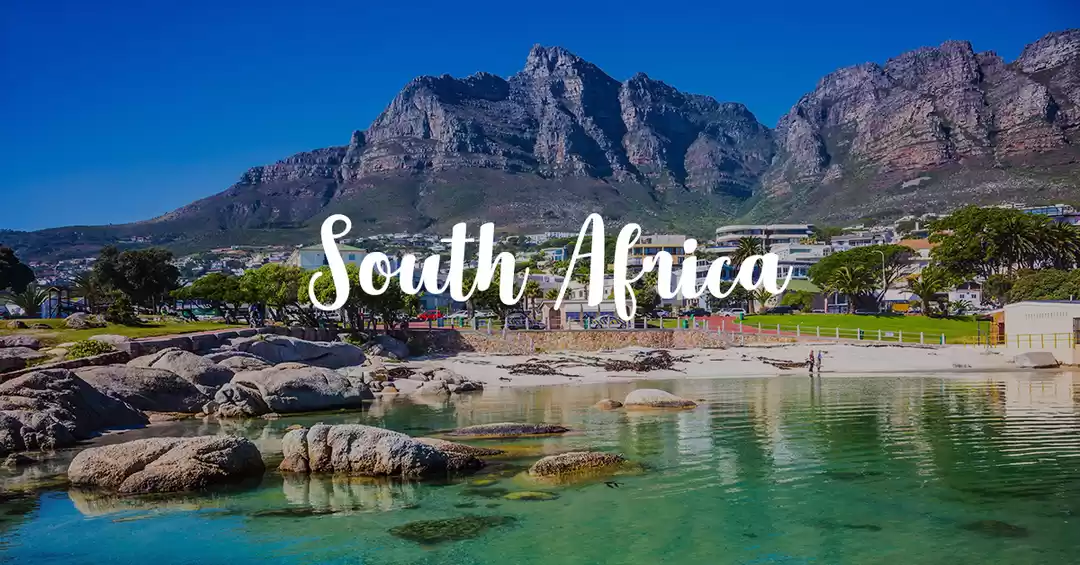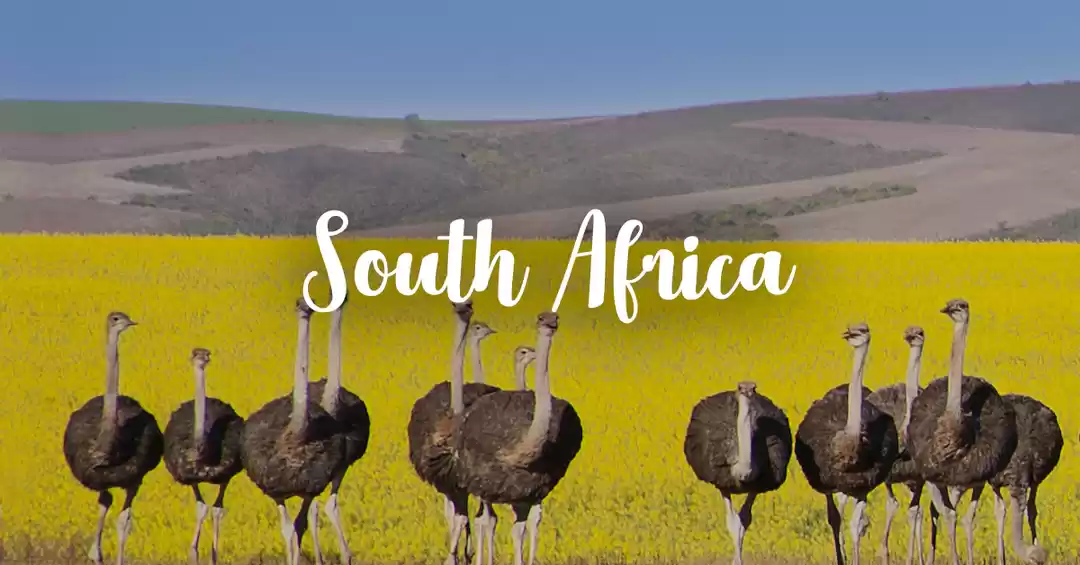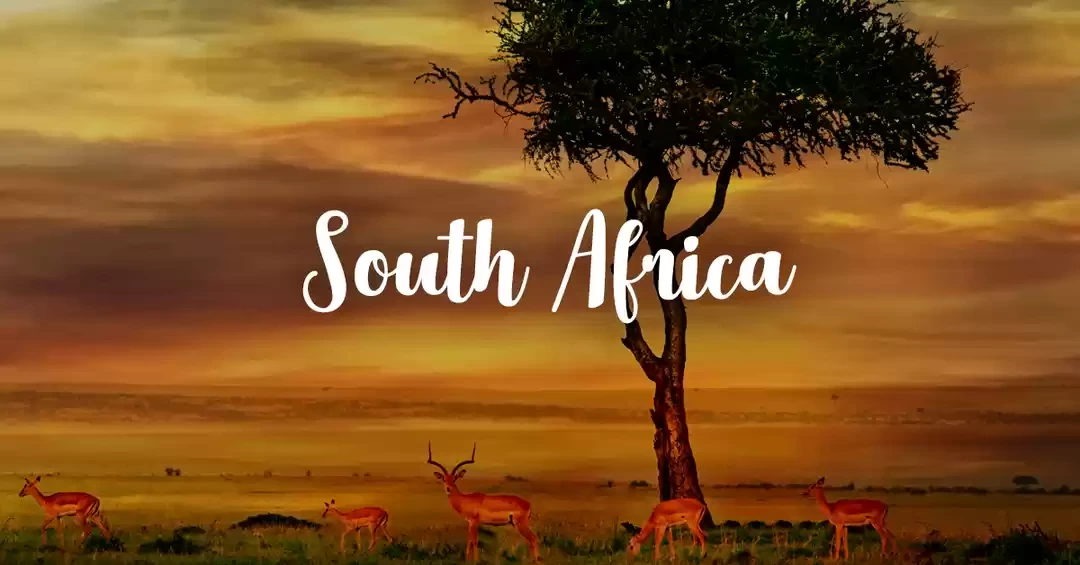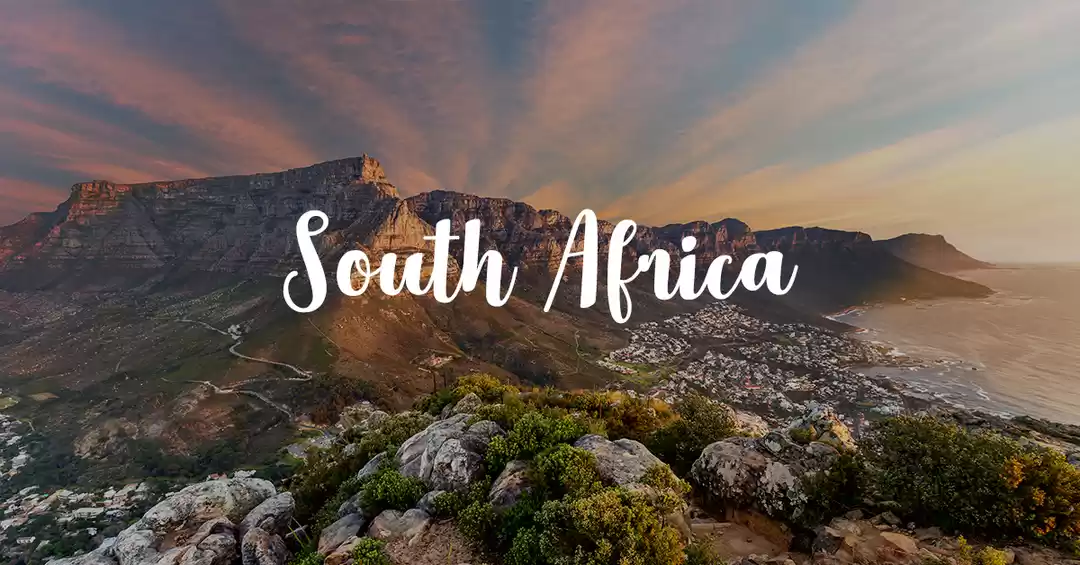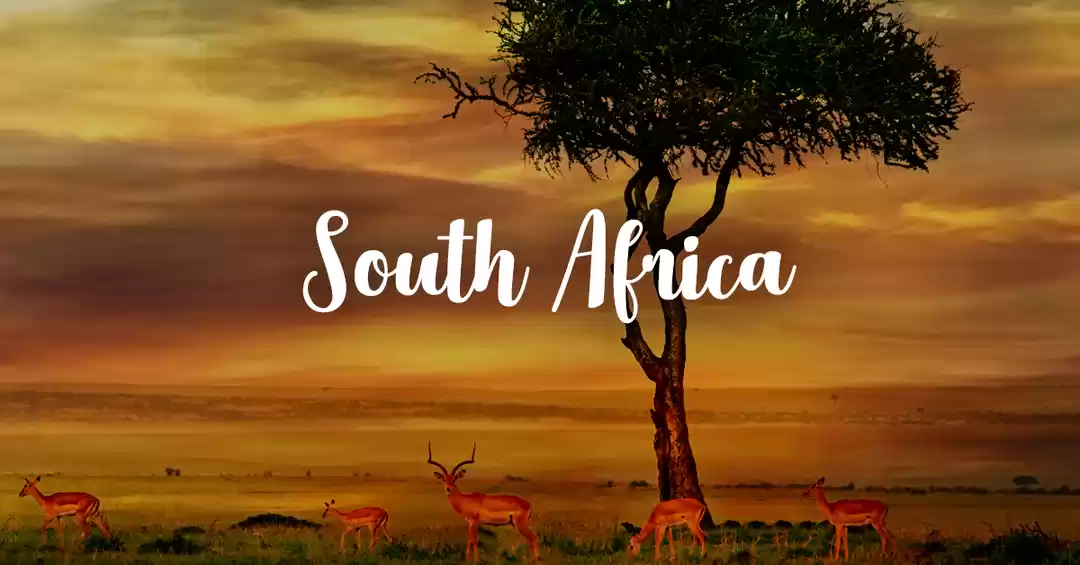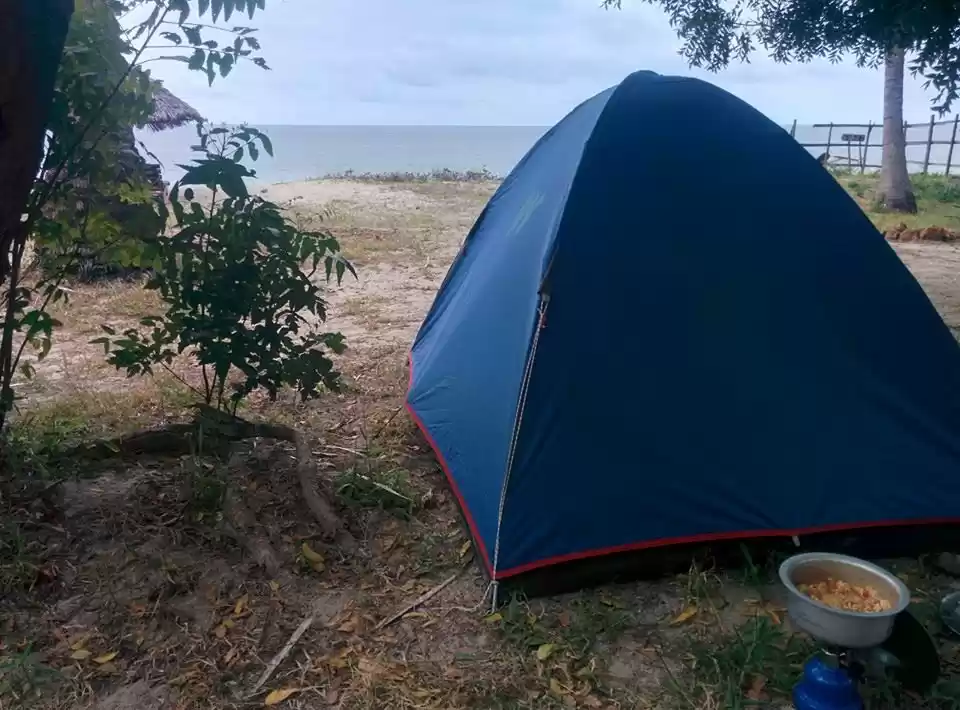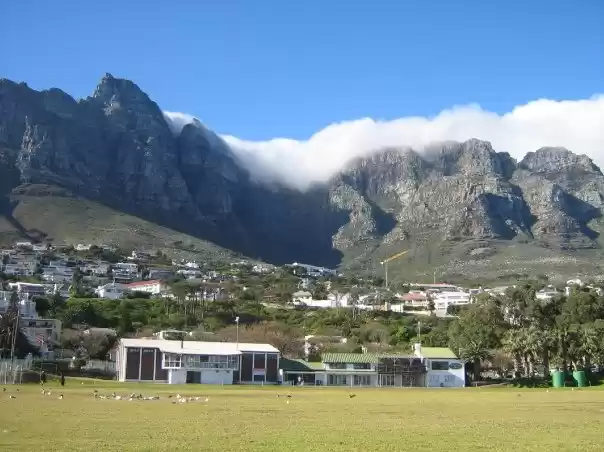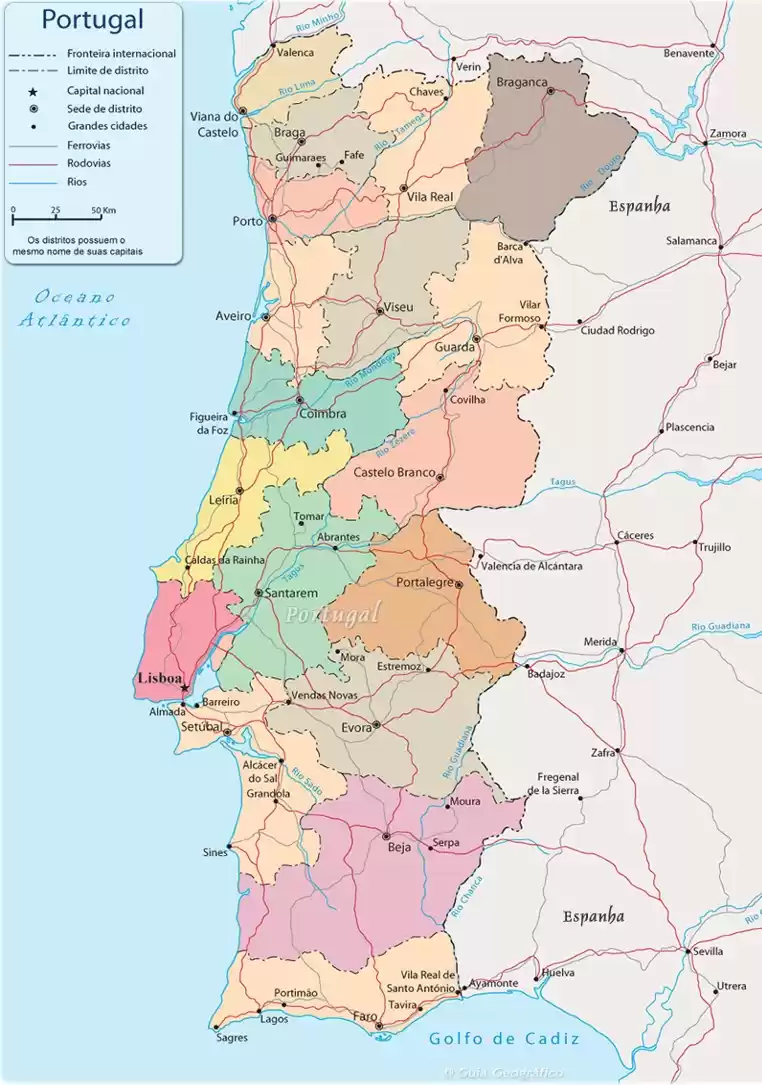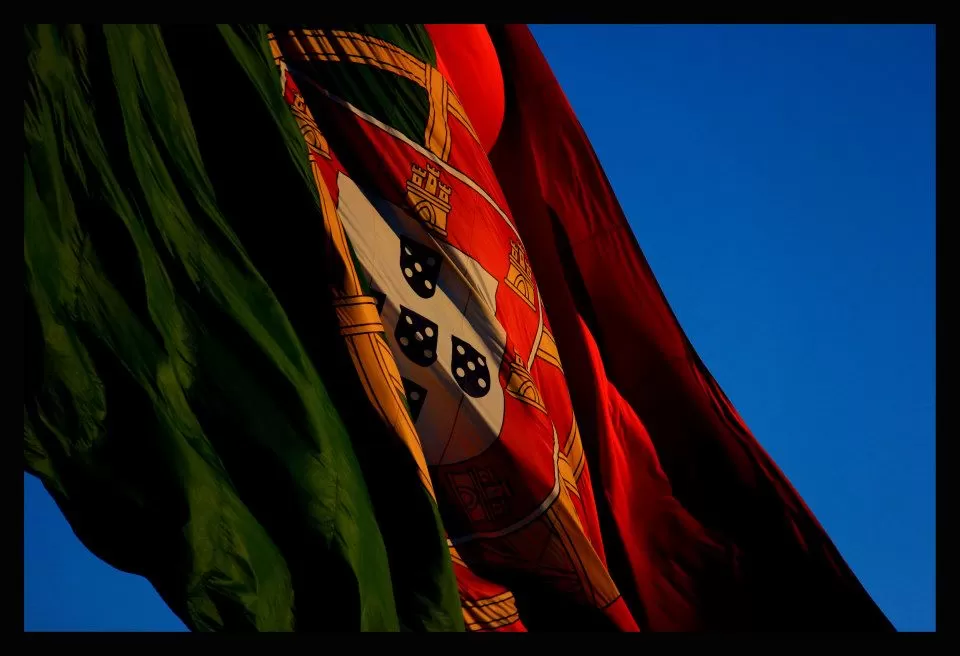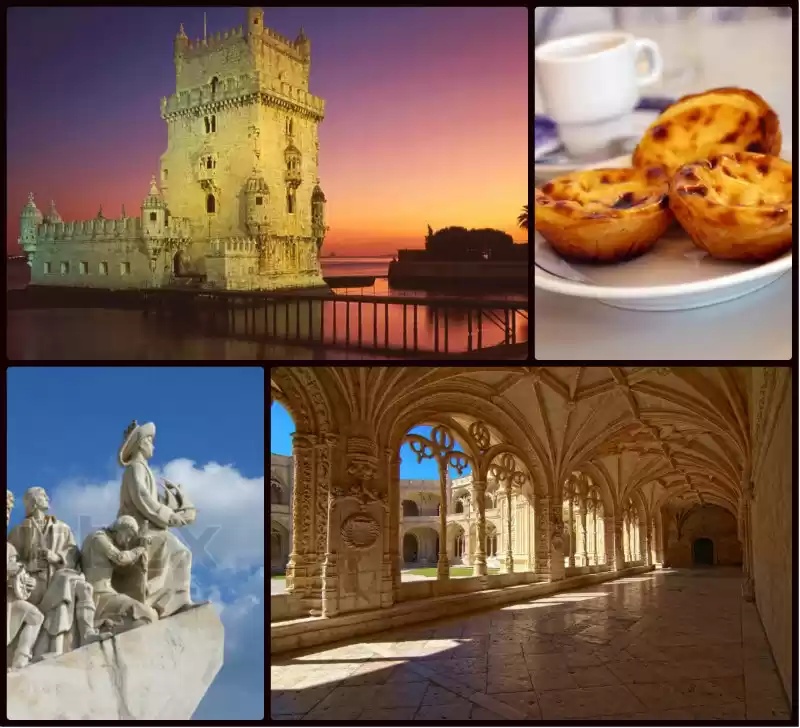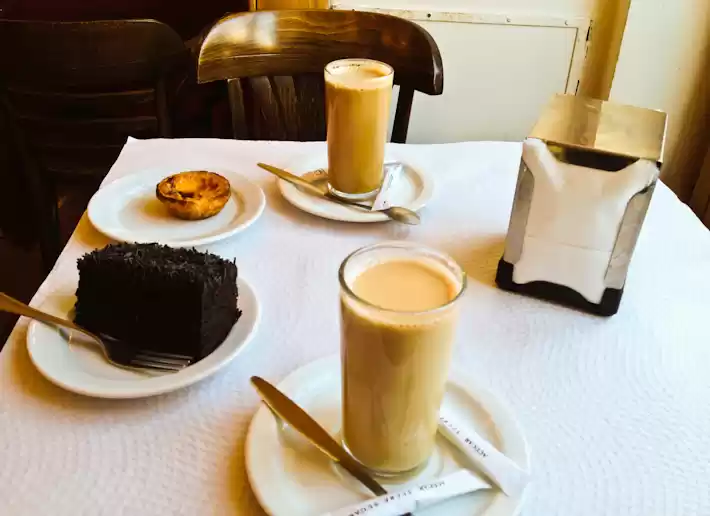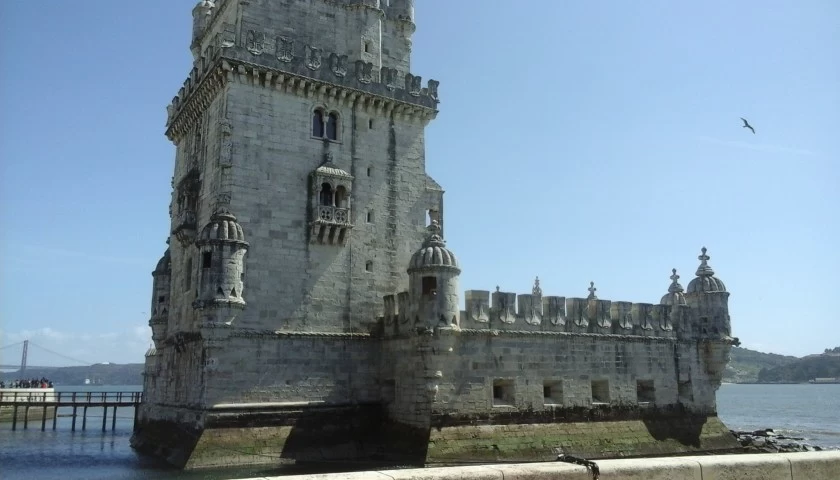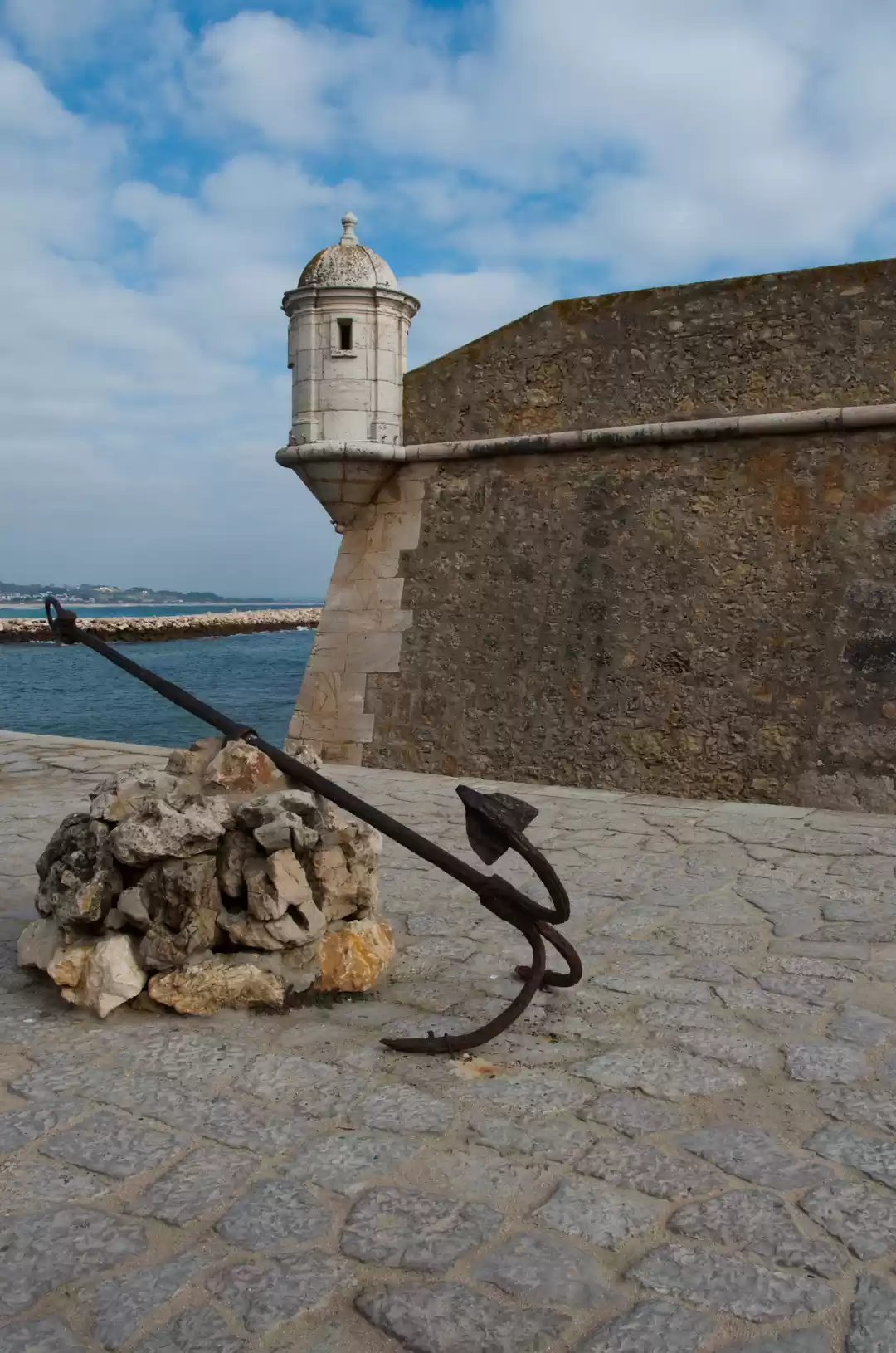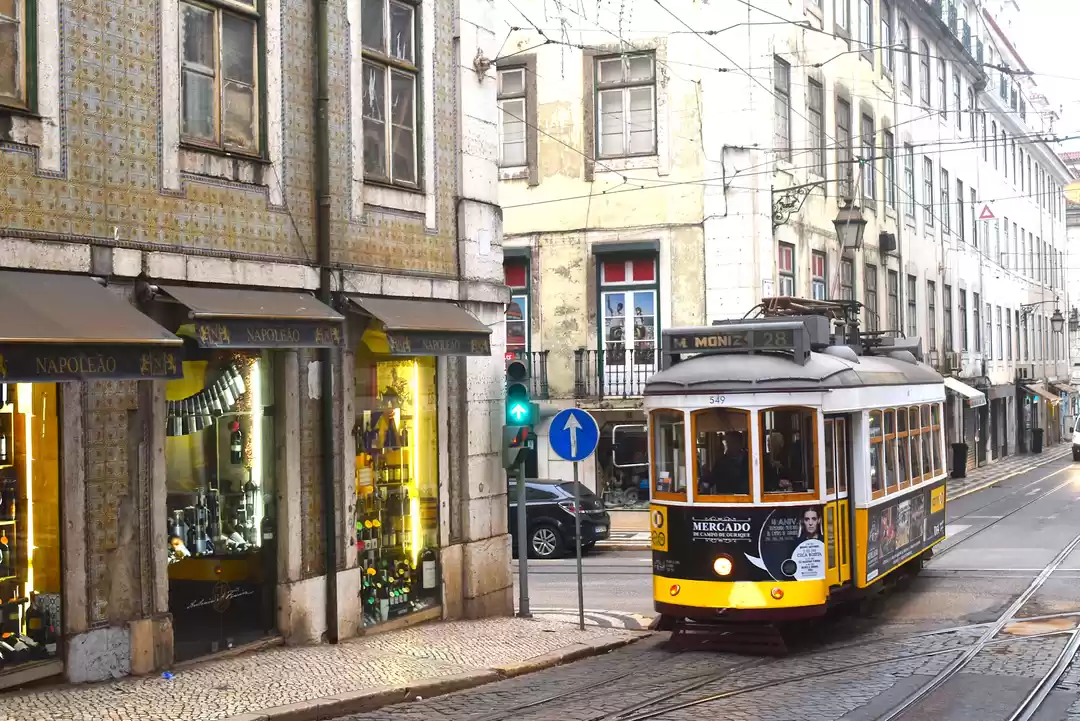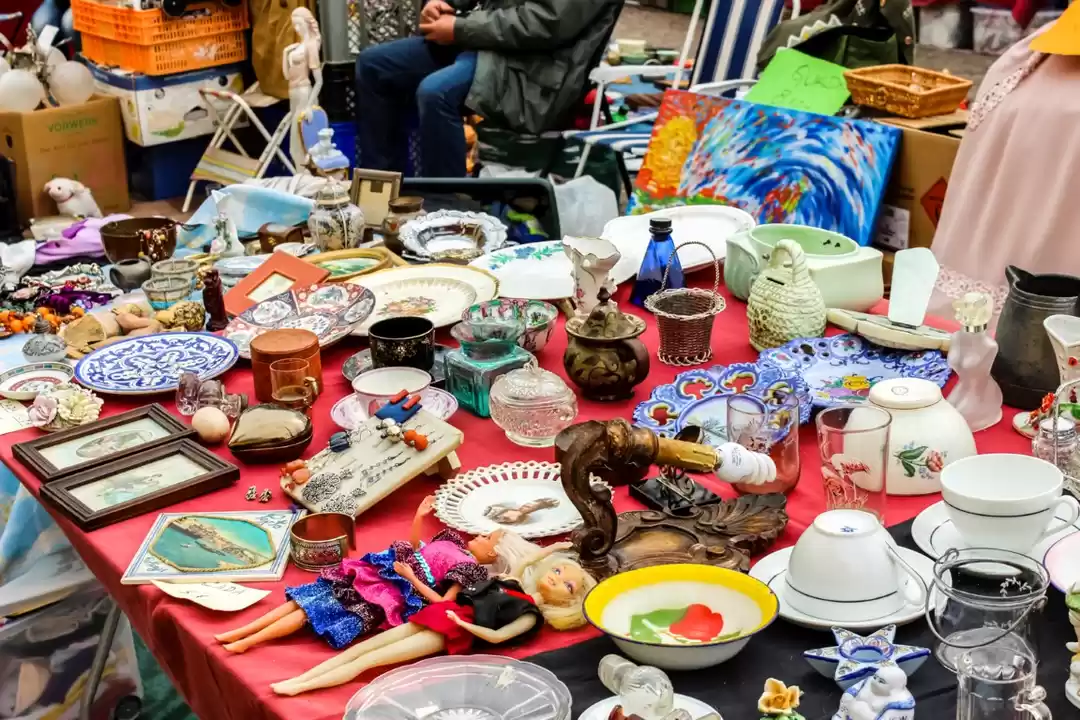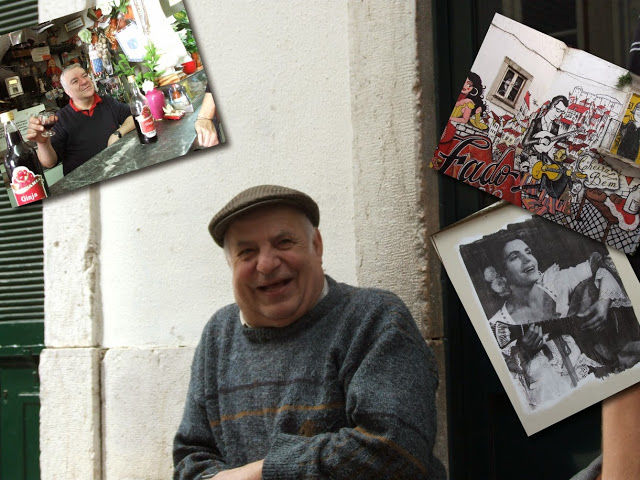
His face had been designed for smiling. The gods; they had made it round enough to encompass the humour of a lifetime, the eyes wide enough and bright enough to reflect the impish mischief that lived within, and the upturned – also smiling – curves of ‘crows-feet’ which radiated from their corners had been created by a thousand punch-lines to a thousand stories.
The moment I saw him I knew he would have something to say.
He was leaning by the doorway, but it could have been a tree, or a five-bar gate or the pillar-stone of a church on any Sunday morning in spring. In his hand he held a beer bottle; almost empty.

Exterior of Zé dos Cornos
He watched quietly as Pedro, the knowledge-fuelled and captivating guide, pointed to the sign above the door, ‘Zé dos Cornos’, the sign declared. “Does anyone know what ‘cornos’ means?” he asked. The five of us taking the tour shrugged. “It means Horns,” Pedro declared, “Zé of the horns”. I momentarily flirted with the notion of a man; stubborn, arrogant, bullish and unflinching in argument... “He cheated on his wife,” Pedro interrupted my thoughts, “in Portuguese we say, ‘he gave her horns’.” He pointed again to the sign, “That is his picture.” It was a poorly rendered black and white line-drawing representing a balding, missable man, dressed comfortably in the apron of one embedded in the pleasures of the kitchen – amongst other things it would seem. I could tell that the man leaning by the door had heard it all before.
“Unfortunately, he is dead now,” Pedro declared, almost with a minor chord of solemnity in his voice.
The man finished the remaining dregs from his bottle, raised it like a conductor and flicked a thumb towards the door behind him... “Now it’s his son’s turn,” he said in rapid, sibilant Portuguese. Despite possessing only a vague understanding of the language I got the joke immediately. The face of the man leaning by the door did what I guessed it did best and contorted itself comfortably in the soft folds of laughter which hissed between his teeth. I joined him and laughed aloud.

Enjoying bifana and good company inside Zé dos Cornos
Inside the small café rich with the smell of bifana, and in appreciation of a precious shared moment, I bought the man a drink. When I handed him the bottle, his face creased into another beaming smile, “Obrigado” he said then made the sign of horns with thumb and forefinger above his head, unwilling to let the joke die while it still had life left in its body; together, we laughed like brazen schoolboys behind a bicycle shed.
It was no more than a fleeting moment, a jigsaw piece, a segment of a greater tapestry which went towards making up as rare a day as I’ve experienced on the streets of Lisbon.
The last time I’d visited the Portuguese capital I was sure I’d seen it all; the Fado nights in Alfama, the coffee houses of Baixa-Chiada, the graffiti covered pleasure houses of Bairro Alto, the strollers on Placa Commercial, the clubbers thronging the late night bars along the waterfront from Cais do Sodré to Alcántara-Mar; I was an old hand I thought, and I was wrong.
Mouraria, in the past, was a dark, threatening neighbourhood of unlit narrow streets which seemed to beg on its knees beneath the lofy heights of the city’s castle walls. Not any more. To prove the point I had taken an all-too-short, three and a half hour tour and discovered just how wrong I had been.

Mouraria - a coming together of cultures
Regeneration is a magical word; employed skillfully by city-planners and the fathers and mothers of power, it can go a long way to demonstrate their ‘love’ for the forgotten inhabitants of a city, through the provision of a long-overdue community centres or children’s play area.
In Mouraria regeneration is a living breathing fact – no more, no less.
If Lisbon is Europe’s melting pot of the world’s peoples and cultures then Mouraria is the glowing red flame beneath that pot. Bangladeshi live side by side with Angolan, Chinese and Tibetan share a communal doorway, Sikhs buy bread from Malaysians, French sell delicate crafts to German tourists and behind it all there is the backdrop of Fado and friendship.
Inside the tiny (300 year old) bar ‘Os amigos da Severa’ the owner, Senhor Antonio, serves the group shots of sweet cherry-flavoured ginjinha as he recounts the areas history as the home of Fado – the song of Portugal. Before we drink he offers his glass to the statue of the Virgin Mother which holds pride of place in his museum-like establishment.

Chef Tiago at work in restaurant Leopold
Portugal in the not too distant future, I’m sure, will become the new centre of world gastromic excellence (remember – you heard it first here) and it is in small back-street restaurants like ‘Leopold’ where ordinary members of the public can get the drop on the food critics. In the restaurant’s open kitchen, everything created by Tiago and Anna is natural and cooked by vacuum and utterly delicious; it is small – only four tables – so, get there soon before the lines form outside their modest doorway and there’s a waiting list of over a year.
The once forbidden streets have come of age and the doors are open for business. I could go on and on about the self-declared ‘best samosas in Portugal’ taken in the Cantinho do Aziz, or the fresh mussels eaten outdoors (and ridiculously cheap) at ‘Moules & Gin’, or bifana served at ‘Zé dos Cornos’ or the secret streets where the residents have their portraits painted on the walls of their homes, or the place where beautiful and almost forgotten hand-paineted – azulejos – tiles are hidden behind the doors of an old folks home… But I won’t. I’ll let you take the tour and discover Lisbon’s magical Mouraria for yourself.
What are you waiting for?
INFORMATION
TASTE OF Lisboa conduct guided walking tours (see their website for full list of tours available and details) where you can experience the real gastronomy of the people of Portugal.
On the tours you will have the chance to eat and drink as the locals do, hear their stories face-to-face and be among first to learn about parts of the city most have never heard of.
www.tasteoflisboa.com
GALLERY







